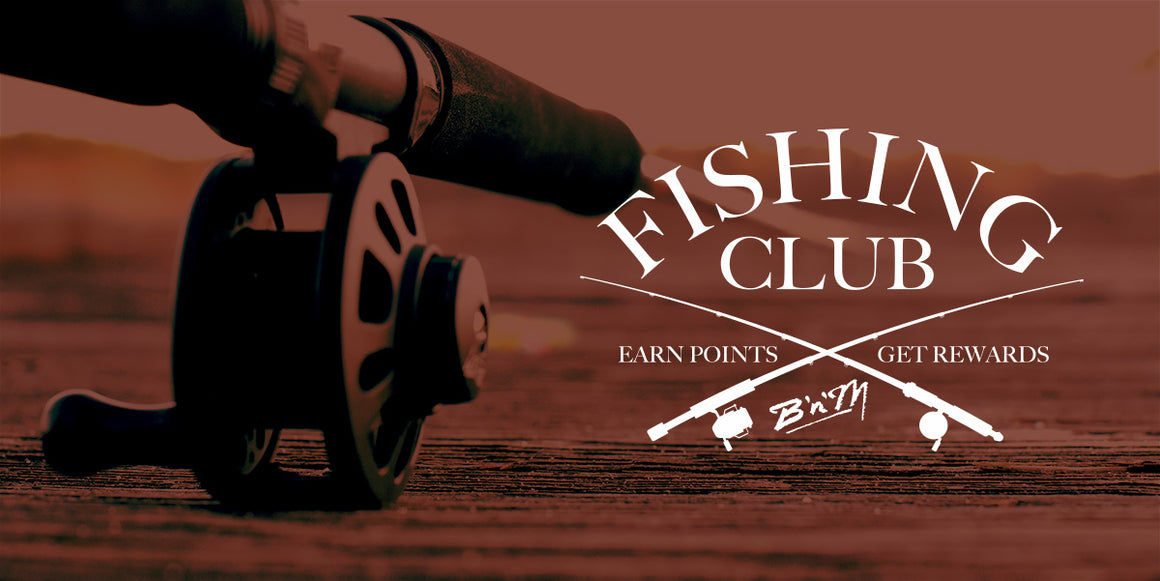
Ronnie Capps and Steve Coleman Discuss Fall Crappie Fishing
Ronnie Capps and Steve Coleman Discuss Fall Crappie Fishing
By Phillip Gentry
Though it may seem far away, the approach of fall is imminent.
For crappie anglers, fishing during the month of September is beginning to take on a change from the normal summer patterns and finding fish is a matter of understanding what the early fall seasonal pattern means to the fish.
At this time of year, any lake that can and will develop a thermocline has done so. The turnover of the stratification of this thin layer of water in which temperature changes more rapidly with depth than it does in the layers above or below is still many weeks away. This means that crappie will most certainly be holding at specific depths in stratified reservoirs to take advantage of the cooler water that provides the highest dissolved oxygen.

Heavy stringers of fish are possible if you understand how crappie relate to the thermocline this time of year.
The change noted by anglers is the movement of the food supply that crappie rely on for their survival, beginning it’s gradual movement toward river arms and tributaries foreshadowing the change of seasons.
To understand the seasonal movements of crappie during the expansive summer months, you have to be constantly on the water monitoring them. Such is the case with well-known B’n’M pro-staffers Ronnie Capps and Steve Coleman.
Capps and Coleman achieved much of their fame by tightlining eight rods baited with a total of 16 hooks and getting out and finding crappie wherever they roam.
“About 6 to 7 feet deep is the standard depth to catch crappie this time of year in our part of the country,” said Ronnie Capps. “That’s where the fish will hold because they’re right there in the thermocline. I don’t care how deep the water under them is, whether it’s 17 – 18 feet deep or if it’s 30 feet deep.”

When using conventional sonar, following a breakline that drops off into deep water will definitely have you crossing paths with migrating crappie.
Capps claims the best way to judge the thermocline is by the life of bait he’s using on his double minnow rigs. If he raises the minnow up too high, the heated water will quickly kill the bait. If he drops the bait below the thermocline, the lack of oxygen from the decomposition of plant and animal material on the lake floor will also kill the bait.
“The thermocline tends to be higher than it will be in a clear water lake,” said Capps. “That still leaves a lot of water to search but you can narrow that down if you can find some type of structure that fish can hold around.”
Simply stated, structure is any terrain feature that crappie or other fish will find favorable given the time of year. Cover is a physical object, a stump, tree, rock pile, bridge piling or boat dock, that usually rises vertically in the water column to either break current or provide a hiding place.
Steve Coleman puts together the second and third pieces to the puzzle which involve structure and cover when fishing thermoclines. This is especially helpful when trying to track crappie movements with standard sonar and a chart plotter.
“We’ve made a living fishing break lines,” said Coleman. “We’ll get on a specific break line and just follow it all over the lake. Since we already know that crappie are suspended at the level of the thermocline, the key is to put the baits right in the top of the thermocline and then follow the break line until you come across the fish holding on or above some kind of structure.”

Capps and Coleman have learned that natural bait, which is only a cast net away, can give you an advantage when fall fishing.
Their go-to rod for this time of year is their Capps and Coleman Signature trolling rods.
“They handle this type of fishing real well,” said Coleman. “We rig each rod with a Capps & Coleman double hook minnow rig because it’s straight live bait fishing while the water is still hot.”
Speaking of baits, the pair use nothing other than live bait while the water temperatures are still well above the 80’s, but it’s not always the same live bait everyone else is using.
“We carry a cast net with us in the boat all the time,” said Capps. “One thing I can say is that there are days, especially when it’s hot, that something different, like a natural bait so, if we pass by some running water or a culvert, I might make a throw or two to have something extra other than just store-bought shiners in the bait tank.”
Also in Weekly Tips and Techniques

Dean McCoy’s Monster Lake Havasu Shellcracker

Finessing Pre-spawn Crappie with Kent Driscoll


